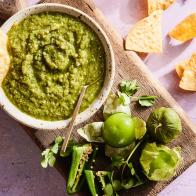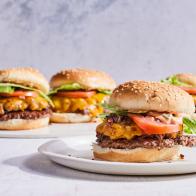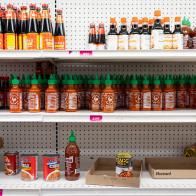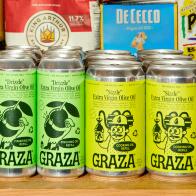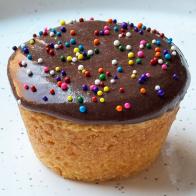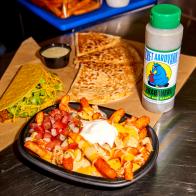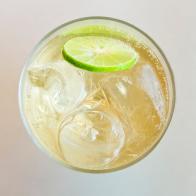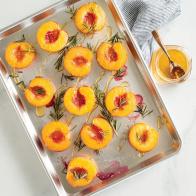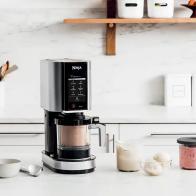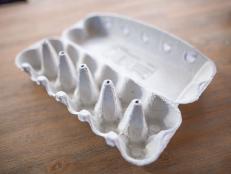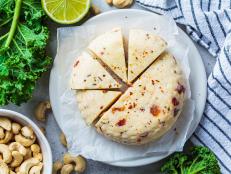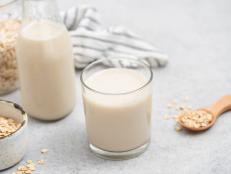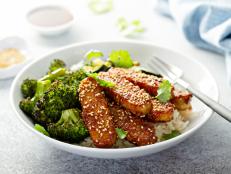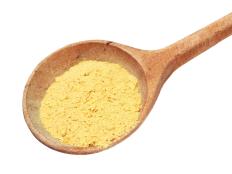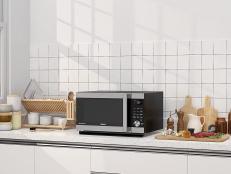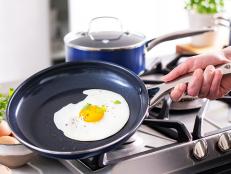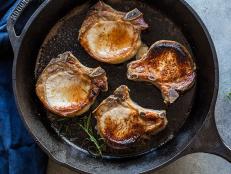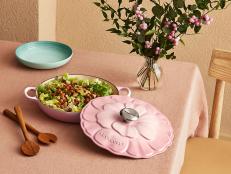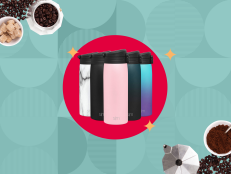What Is Nutritional Yeast?
This vegan standby is a protein powerhouse.
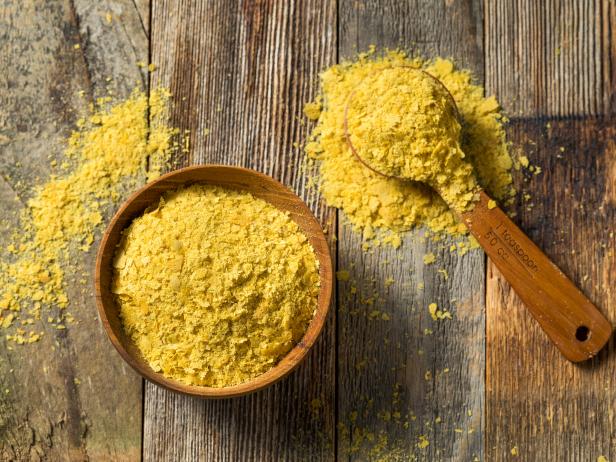
bhofack2/Getty Images
By Fraya Berg and Sally Wadyka for Food Network Kitchen
Fraya is a chef and a contributing writer at Food Network. Sally Wadyka is a Boulder, Colorado-based journalist who writes about nutrition, health and wellness.
Maybe you've seen containers of nutritional yeast at your local health food store or supermarket, or spotted it in the ingredients list of a vegan recipe. The flaky yellow powder is loved by vegans and non-vegans alike for the savory, cheese-like flavor it brings to dishes. Plus, nutritional yeast benefits include all sorts of vitamins and minerals, and it's a good source of the essential amino acid building blocks our bodies need to make proteins. But what is nutritional yeast, exactly? And how do you cook with it? Here, everything you need to know about nutritonal yeast.
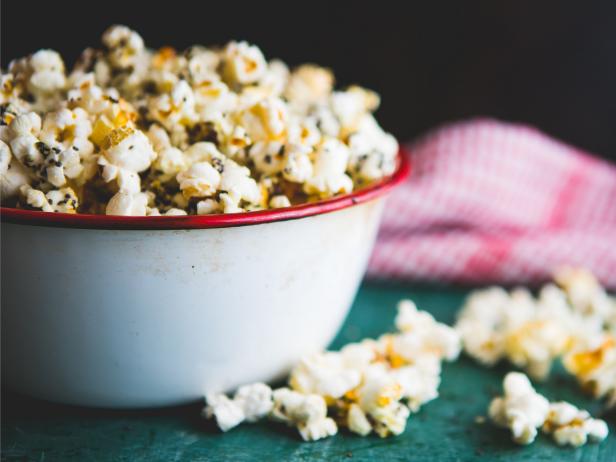
MmeEmil/Getty Images
What Is Nutritional Yeast?
Nutritional yeast (nicknamed "nooch") is a nutritonally rich product with umami flavors that's made from the same type of yeast that's used to make bread, saccharomyces cerevisiae yeast.
The large flakes are often described as having cheesy, nutty, savory flavors, which is why vegan recipes often call for it in place of cheese, and why many people sprinkle it onto snacks like popcorn. Because it is not derived from animal or wheat products, it's considered vegan and it's also gluten-free. You'll find it in both powder and flake forms, in bulk bins of health food stores and in shaker bottles.
What Is Nutritional Yeast Made From?
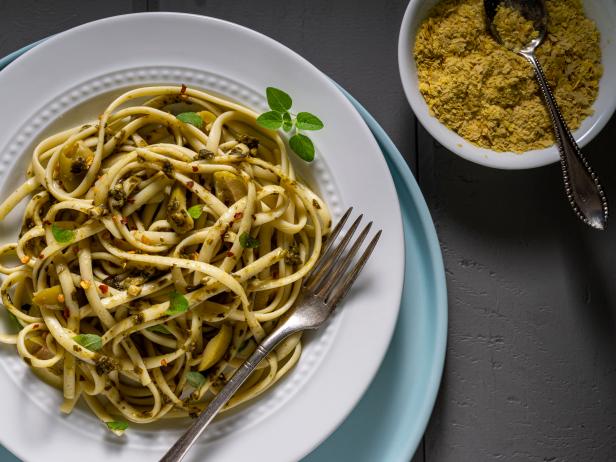
Panagiotis Kyriakos/Getty Images
Nutritional yeast is made from living saccharomyces cerevisiae yeast, which is fed a sugary carbohydrate in fermentation vats so it grows. Next, it undergoes heating, pasteurization and drying. These processes deactivate the yeast, breaking down the cell walls and releasing their amino acids, including glutamic acid, which imparts that classic cheesy flavor we know and love. (Naturally occurring glutamates in foods like tomatoes, mushrooms and Parmesan cheese create the sensation of umami. And the "g" in the ultimate man-made umami-imparting ingredient, MSG, stands for glutamate.) After the nutritional yeast is dried, the yeast toasts a bit and starts tasting nutty. Next, it's pressed into flakes or ground into powder and packaged, ready for you to buy at the store and bring home to sprinkle on popcorn, then stash in your cabinet for up to two years.
Nutritional Yeast Benefits
"They’re a really good source of protein, dietary fiber, various minerals including zinc, magnesium and copper, as well as B vitamins," says Mary Ryan, RD, owner of Beyond Broccoli nutritional counseling, in Jackson, Wyo. "They've been popular among vegetarians and vegans for decades as a way of getting these nutrients without any animal products."
The other benefit of nutritional yeast is that it's a complete protein, made up of all nine essential amino acids that our bodies do not produce. We need those amino acids to make our own proteins, and if you eat meat, that’s where you’re getting them. For vegans and vegetarians, nutritional yeast is an easy way get them. Another plus is its savory flavor that tastes salty but is actually sodium-free.
In terms of key stats: One and a half tablespoons of the yeast has 70 calories, 4 grams of protein and 8 grams of fiber. It's important to note that nutritional yeast has to be fortified with B12 - it doesn't contain it naturally (no plant foods do, which is why it's such a tough nutrient for vegetarians and vegans to obtain). Jack Norris, RD, executive director of Vegan Outreach, recommends Red Star Vegetarian Support Formula Nutritional Yeast because it does contain respectable amounts of B12, plus B2 (aka riboflavin) and B6.
What Is the Difference Between Nutritional Yeast and Regular Baker’s Yeast?
In the supermarket or health food store, you might see several different kinds of yeast: baker's yeast, nutritional yeast and brewer's yeast.
Baker's yeast is alive when you use it. It's dormant when you buy it at the store, but when added to water with some sugar, it will wake up and go to work on the starches (flour) you have given it to “eat." As it converts starches into sugars, it emits gas that makes your bread rise. When the bread bakes, the yeast is killed and the bread is left with a pleasant, toasty-sweet flavor.
Nutritional yeast is the same variety of yeast as baker's yeast, but it's fermented and heat treated so it's deactivated when you buy it. It's used for its flavor and nutritional benefits and can not stand in for baker's yeast.
Brewer's yeast is used to brew beer, and the byproduct is heat-treated and sold as a nutritional supplement. It has a bitter flavor and is therefore not often used in cooking, but it's rich in B-vitamins, protein, selenium and chromium.
How to Buy and Store Nutritional Yeast
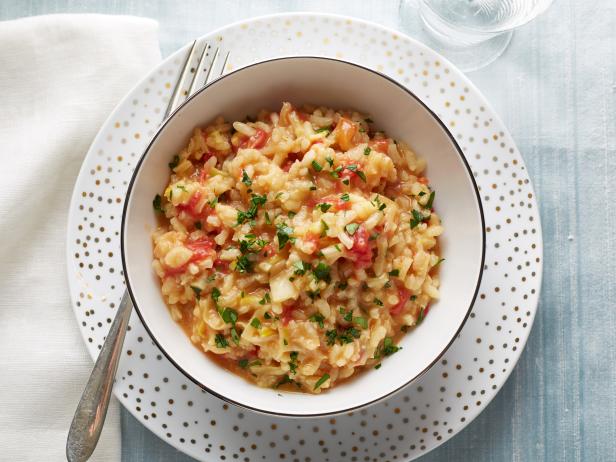
Stephen Johnson, 2014, Television Food Network, G.P. All Rights Reserved
Look for containers or bags of nutritional yeast in the dry goods, baking or health food aisles of grocery stores. Widely available brands include Bragg's and Bob's Red Mill.
Store nutritional yeast in an airtight container at room temperature or in the fridge for up to 2 years.
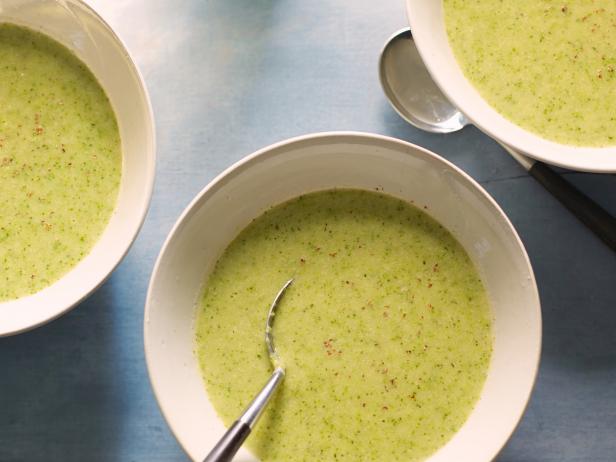
How to Cook with Nutritional Yeast
A source of complete protein, you can use nutritional yeast to thicken and flavor soups and stews, sprinkle it onto crunchy snacks and so much more. For those following a vegan diet, it’s a good source of cheese flavor when making pastas or anything where you’d want cheese. It’s also not unusual to see it in a shaker to add to finished dishes as you would Parmesan.
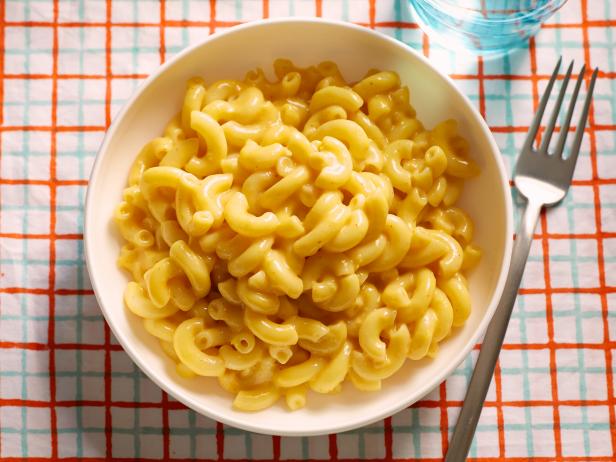
The vegan stock for this risotto makes use of the leek and fennel scraps while the edible parts are sauteed first and become part of the dish. Nutritional yeast is the “cheesy” factor stirred in last.
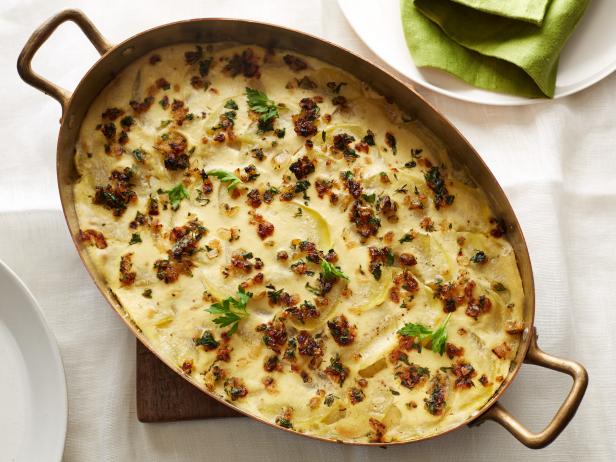
Stephen Johnson, 2014, Television Food Network, G.P. All Rights Reserved.
Since you won’t be using cream in this soup, potatoes add the creamy mouthfeel and a soy milk-nutritional yeast combo add the umami-cheesy-saucy-ness.
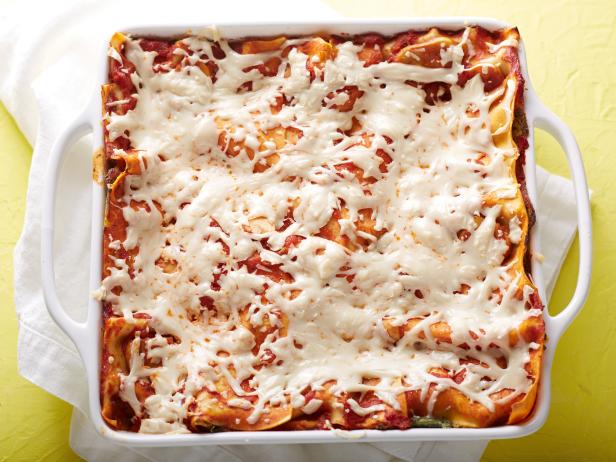
Stephen Johnson, 2014, Television Food Network, G.P. All Rights Reserved
Turmeric works its magic and makes the sauce for this vegan mac and cheese that familiar orange color, cauliflower gives the sauce just the right texture and vegan cheese and nutritional yeast amp up the flavor.
Cooking the potatoes in almond milk before they go in the casserole ensures tender, creamy potatoes and thickens the milk to a sauce-like consistency. The entire dish bakes to meld the flavors together and makes this a serious celebration dish.
Mushrooms are known for their meaty texture, so cooking them with fennel seed makes perfect sense: it lends a hint of Italian sausage to this baked pasta.
Related Links:
21 High-Protein Foods You Should be Eating


